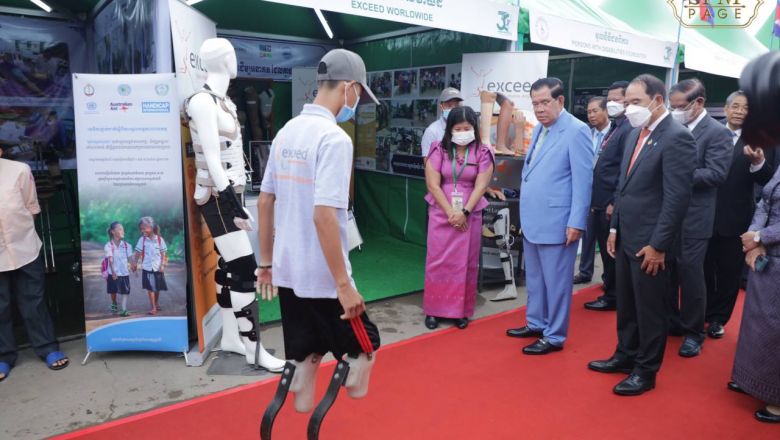Cambodia inks over $1.2B of concessional loans in Q1-3
Cambodia inks over $1.2B of concessional loans in Q1-3
Cambodia signed almost $1.22 billion worth of new concessional loans with development partners (DP) in the first nine months of this year – just shy of a four-fold increase from $0.31 billion in the same time last year – of which bilateral DPs accounted for 68 per cent, according to the Ministry of Economy and Finance.
In the latest Cambodia Public Debt Statistical Bulletin, the finance ministry indicated that in the third quarter alone, ended September 30, the government penned new concessional loans with DPs totalling $602.03 million, equivalent to SDR 469.52 million.
The analogous value for the first three quarters was $1.21790 billion – corresponding to SDR 949.83 million or 59 per cent of the one-year ceiling of SDR 1.6 billion permitted by law – of which multilateral DPs represented 32 per cent. The three-quarter figure marked a 294 per cent year-on-year jump.
The bulletin used a relatively high exchange rate of SDR 0.7799 per one US dollar, which does correspond to values seen during a peak seen in end-September.
“Overall, all the loans are highly concessional with an average grant element of around 42 per cent. The purpose of these new signed loan[s] is to finance public investment projects in the priority sectors that support long-term sustainable economic growth and increase productivity production,” the ministry stated.
As of September 30, the government had a total public debt stock of $9.47 billion, with public domestic and external debt making up $10.15 million and $9.46 billion, respectively, or 0.11 and 99.89 per cent, according to the bulletin.
It broke down the composition of the public debt stock by currency: 43 per cent USD, 20 per cent SDR, 12 per cent CNY, 10 per cent JPY, six per cent EUR and four per cent KHR and other.
SDRs, or special drawing rights, are an interest-bearing international reserve asset based on a basket of currencies created by the International Monetary Fund (IMF) in 1969 to supplement other reserve assets of member countries. SDRs can be held by Cambodia as foreign reserve assets or exchanged with other IMF member countries for freely-usable currencies.
With a value determined daily based on market exchange rates, the SDR’s trade-weighted currency basket is currently composed of the US dollar, Euro, Chinese Yuan, Japanese Yen and Pound Sterling, in order of preference.
Hong Vanak, director of International Economics at the Royal Academy of Cambodia, suggests that “virtually all” of the more recent concessional loans have gone into sustainable, legally-compliant and transparent projects that deliver on their commitments, as part of broader long-term development plans.
He reckoned that these projects will collectively make economic growth stronger and more resilient, and be a major driver of socio-economic development, improving incomes and wellbeing across the populace and thereby ensuring a successful path to transform Cambodia into an upper middle income country by 2030 and high income economy by 2050.
“I believe that there’s nothing but clear plans for what the government borrows from partner countries and institutions – to implement priority areas as a basis for accelerating development in line with domestic consumption needs or to attract teams of investors to Cambodia to provide more [FDI, or foreign] direct investment – these are aimed at increasing competitiveness in all areas, especially international trade,” he told The Post on December 13.
Vanak argued that the volume of new concessional loans confirms that socio-economic development in Cambodia is on a firm path, and that the implementation of past projects has generally also been up-to-par, reasoning that lenders would otherwise refuse to provide additional loans to the Kingdom.
On November 15, US global rating agency Moody’s Investors Service Inc pegged Cambodia’s economic growth at 4.5 per cent his year and 5.5 per cent in 2023, exceeding the estimated three-per-cent figure for 2021, but still below the seven-per-cent annual average recorded in the 2010-2019 period.
And the World Bank in September raised its growth forecast for Cambodia’s 2022 gross domestic product (GDP) to 4.8 per cent, from 4.5 per cent in April, as a rise in the export of garment, footwear and travel goods (GTF), bicycle and agricultural items continued to underpin post-Covid-19 economic recovery.















